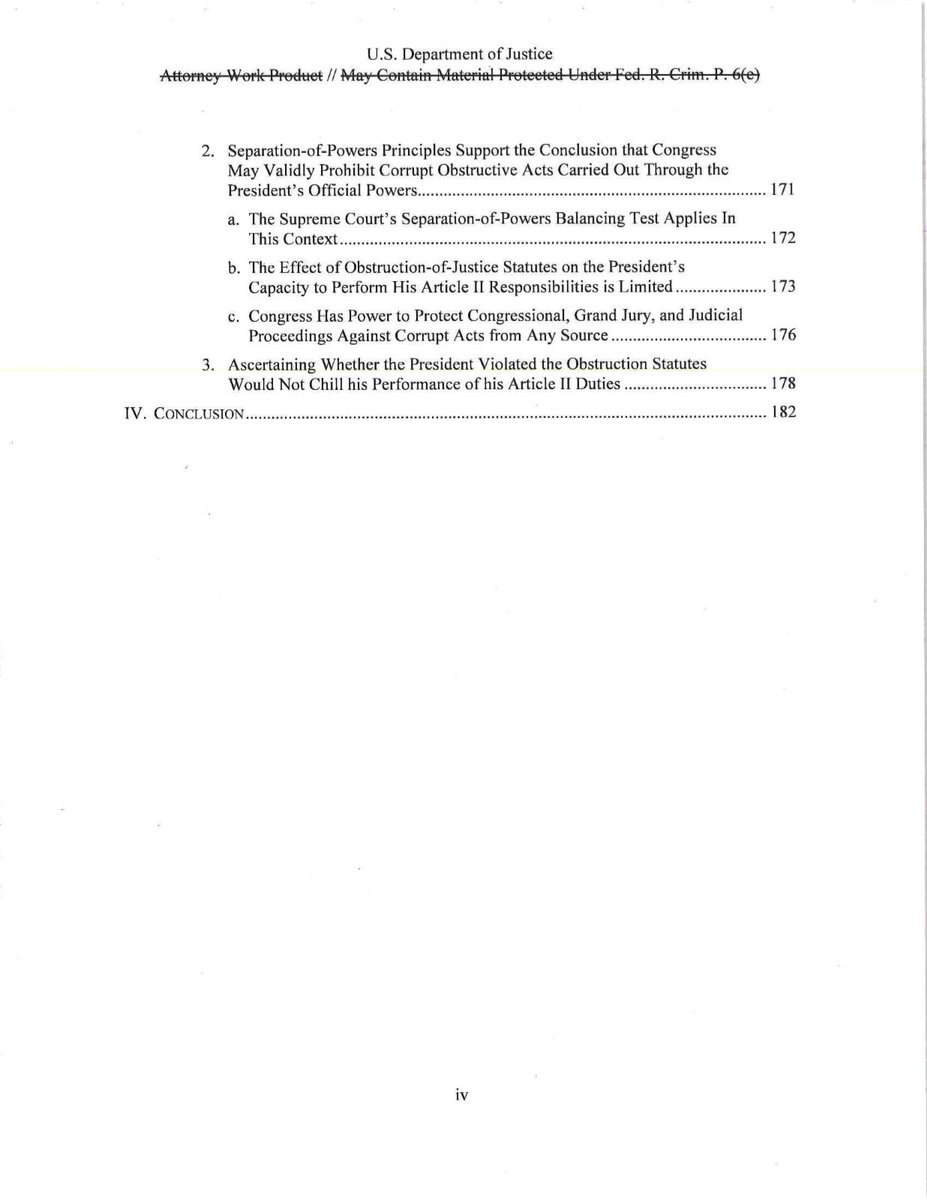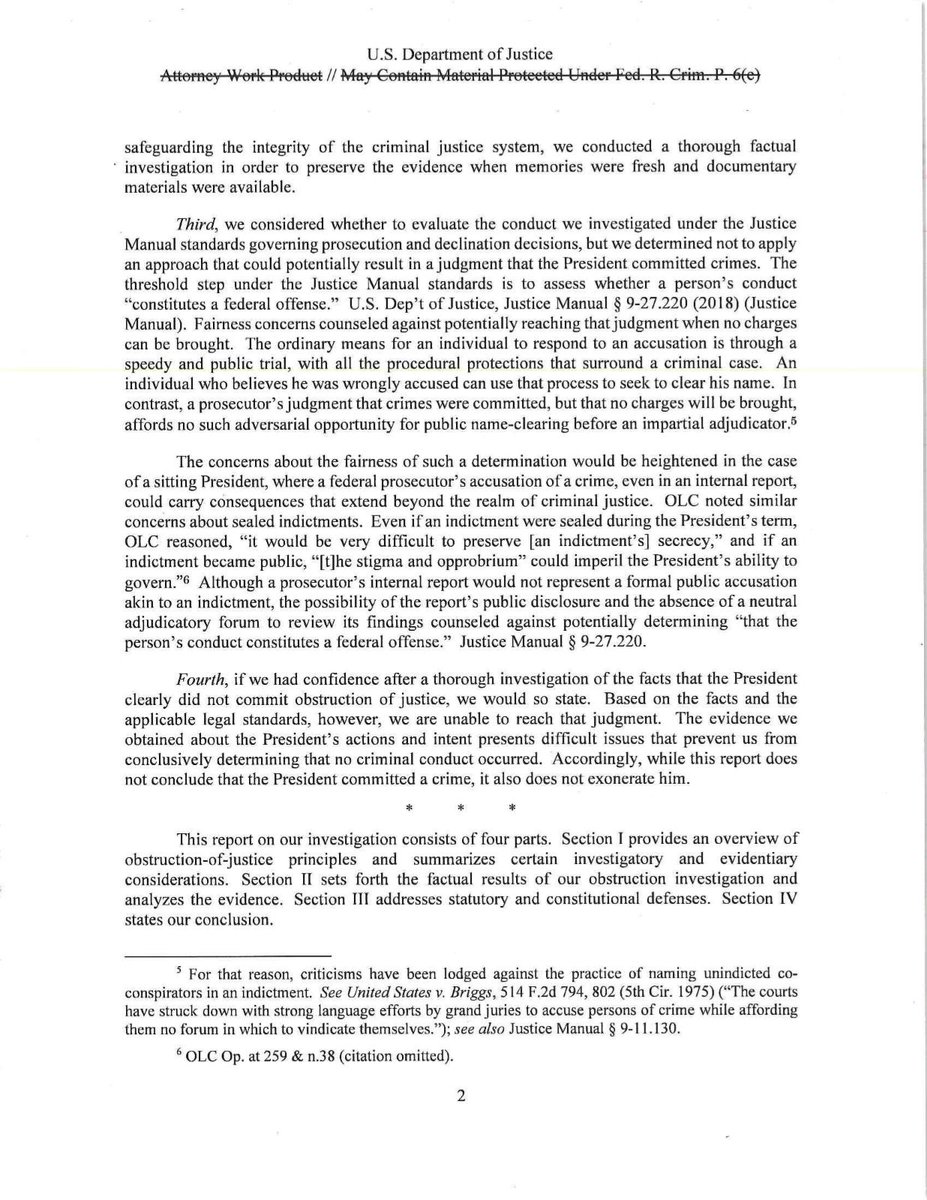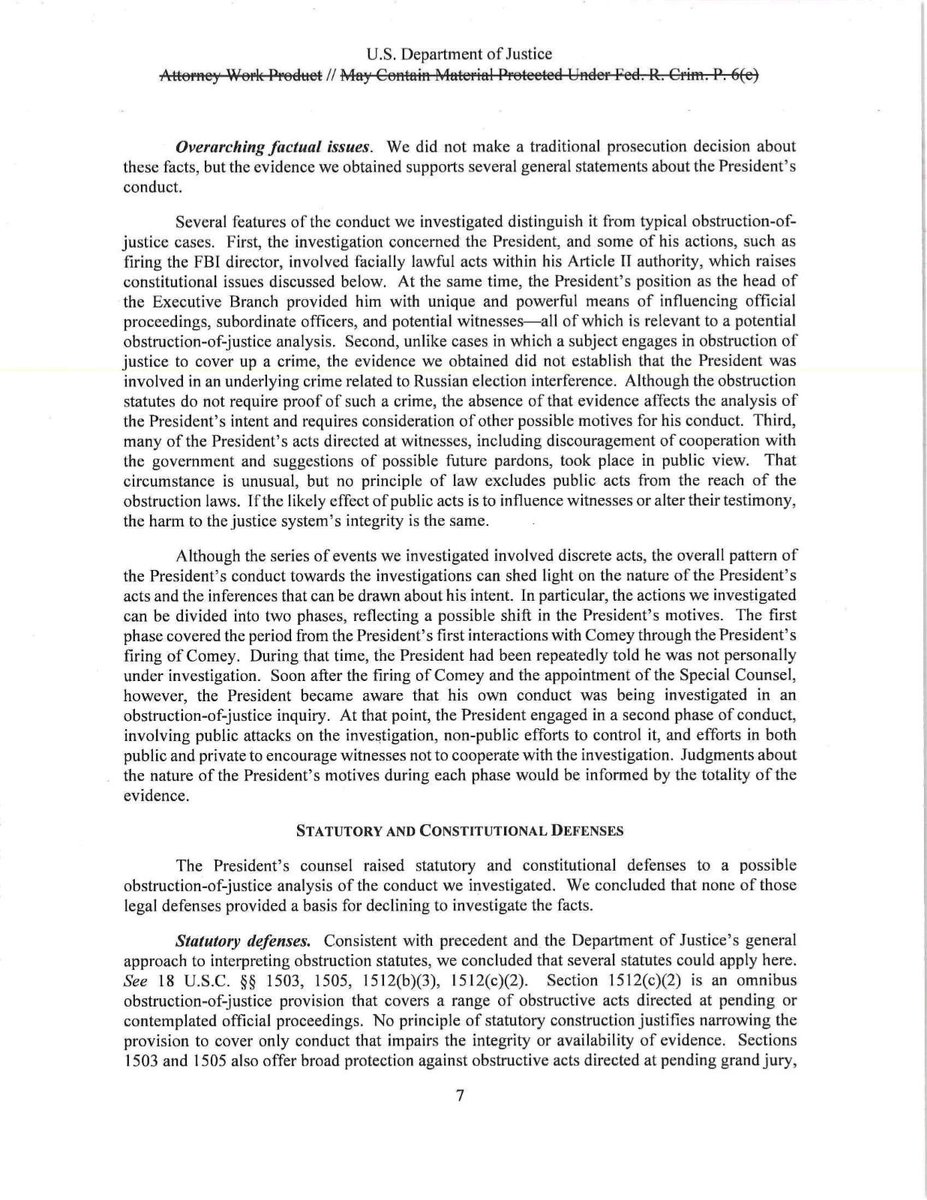We have some guest professors, we will talk about your midterms, we will discuss some comics vocabulary...
…and more!
Stuff is going to be coming at you very fast, the time for introductions is over. Cool?
Now, I asked you to write a #FirstPage with minimal guidelines. I did that on purpose, I want you to try things, then see how they might be done with lots of experience. Then I asked you to revise that first page.
Did you feel you made it better?
We're going to do the same with the #Midterms, the First Half of your story.
But DON'T PANIC.
This is part "Here Is What Might Work," and "Here Is How This Is Done In The Actual Industry."
So we are creating our OWN editorial notes, something almost every writer has to deal with in comics. Make sense?
It means taking an unbiased look, asking for a Fred to take a look, and then incorporating that information into your story.
Think of it as Lego. You can replace a brick and the structure still stands.
It's part of your JOB to consider those notes. Make your case if you disagree, but don't argue JUST to argue. That helps NO ONE.
YOUR WORK WILL GET NOTES. It is not an affront to your talent or vision, I promise.
Have a Fred look at it.
Then use the tips presented today and do a quick revision. It might be easier than you think.
Remember the Roadblock Box? With those obnoxious fears and excuses?
You are BEATING THEM.
Gold Star for EVERYONE. 🌟
Pat yourself on the back, for real, and then let's get down to business!
Thanks, Jesse!
Let's take a quick look. The Batwoman spread is by one of the best artists in the biz, @JHWilliamsIII. It's experimental, it's bravura, it takes guts to conceive and pull off AND the storytelling is IMMACULATE.
But look again, knowing what you have learned doing your #midterms.
I chose this page at random by google search.
It has at least two establishing shots.
It showcases EIGHT characters, all completely rendered.
It carries a snide joke, a 'reveal' as we discussed before, it moves the plot AND it varies the camera angle, all flawlessly.
Which one applies in the question above?
NOTHING IS WRONG IF IT WORKS.
A simple grid to a @JHickman page written in alien robot code, if it works, it's RIGHT.
The Archie one, imagine if I asked you, in your #midterms, to include eight character, many with speaking roles, in two locations, with different emotional response.
Yet it's HERE, looking effortless.
The point is, every comic you read?
Is a LESSON.
Grab any comic, think of how they made those choices.
It's a LESSON.
Read your comics for joy, but then read them as constructs. Okay?
We were asked to create a short story for an WW comic. It became a huge success, this is from the sequel.
LOCATION: Boston
SITUATION: A fire
CLIFFHANGER MOMENT: Why is a child running TOWARDS a fire?
Remember when I said that establishing shots are story cheat codes?
Because we sent a handshake to the reader.
But look at THIS next page...same writer, ME!
12 SPEAKING ROLES
14 CHARACTERS (maybe, I lost count!).
But because they are brilliant, my job is to STAY THE HELL OUT OF THEIR WAY.
And the result is, you get gorgeous pages like these.
NOTHING IS WRONG IF IT WORKS.
PS. He was drinking in the boy's room with the upper classmen and has been punished by having to write LOBO.
That's from @TomKingTK. And it's kind of brilliant, like his comics.
Now we talk about how to actually write your script!
NOTHING IS WRONG IF IT WORKS.
If you write a simple script and it punches hard, that's fantastic. If you write a complex one and it lingers, great.
FIRST. Your writing environment.
I need no distractions when I write. Not everyone has that luxury. There are health issues for some, both physical and mental, and environmental things to overcome.
So we work with what we have, but we also OPTIMIZE it.
But we can make our space something welcoming and supportive. Banish bills and anything else that causes stress or hits your self-confidence.
Your space should be supportive, it should make you happy to sit there.
Make it as nice as you can for extended work.
On my desk, I have a huge Godzilla statue, a Raiden statue, photos of my best friends, and more.
Good?
You're ready to start.
You have a big choice here.
Full Script Or 'Marvel Method?'
That's what I use.
The writer sends a plot idea, probably with rough page breakdowns. The artist draws it, the writer adds dialog, finally.
It's purely a matter of preference.
Chuck Dixon's scripts are lean and tight, and include all the needed information. Matt Fraction's script shows a surreal book written expertly.
1) Revise your first four pages in some way.
And your exercise is look at at least THREE scripts on this page:
comicsexperience.com/scripts/
You don't have to read them all, but look and see the format.
Make it easy on your artist and editor. Don't make them struggle to understand.
Keep blocks of notes in short, snappy paragraphs. If they enjoy your script, they will do their best work, and it's far more humane. :)
GRID: This is any fairly simple, even page layout. A nine panel grid is something seen inmany, many pages of WATCHMEN.
GUTTERS: These are the spaces between panels.
STACK: These are horizontal rows of panels on a page.
AFTER-IMAGE: This is showing movement, like the Flash by showing multiple poses of the same character, to show movement.
FX or SFX: These are sound effects, like the Batman show. WHAM!
CAPTION: A balloon for narration or dialog that is not attributable to a character on panel.
THOT: A 'thought' balloon, less common these days, showing unspoken thoughts.
This is a note to the artist, expressing where the camera should be.
Worm's Eye POV, Crane POV, Middle Distance POV, Birds Ey POV are all common.
CLOSE-UP: Can be extreme or simply a shot of someone's face.
Now, commonly in comics, BOLD and ITALICS are available for both caption and dialog.
Feel free to use them, they really spotlight where inflection goes!
Now we talk a little bit about style and craft.
But you should know a few things.
What is my story saying?
What is my protagonist's challenge or conflict?
What is the resolution, if any?
What was the FIRST Universal Tool?
FOCUS.
Focus on your STORY. Your THEME.
It needn't be preachy. It SHOULDN'T be preachy.
But there should be a point.
Look at your #Midterms.
Did you convey a character with impact?
Did you present a challenge or conflict?
Is a theme boiling underneath?
Tell a story that means SOMETHING to you.
Superhero, robot, it doesn't matter. RECOGNIZABLE HUMAN REACTION is the goal.
Take that feeling, that childlike thing...I HAVE EXPERIENCED THIS, and put it on the page.
YOU felt something, and you extrapolate it, you make it bigger, you fictionalize it.
Now the READER feels that same thing.
Here's your final assignment. And bonus: You get TWO days to do it.
FINISH YOUR STORY.
1) Revise your #midterms, small or large.
2) Write the second half.
3) Check out three scripts on comicsexperience.com/scripts/
Remember this, an ATTEMPT at a thing teaches you a great deal.
But FINISHING a thing teaches you vastly more!
Every project finished is an accomplishment that can't be taken away.
Professor's note, Class President @JessNeon says many discord servers are down, including ours. As soon as they fix the problem, it will be up for questions and Freds and those looking for Freds!
Try to keep your questions GENERAL so that they might help others, okay?
And your finished scripts should have your REVISED #midterms, not first draft.
Good?
GO!
discordapp.com/channels/68813…
Feel free to come ask me questions and get Freds or BE a Fred!
We have almost 800 members so far!
Helping each other is the best part!
Thanks, all!
discordapp.com/channels/68813…


































